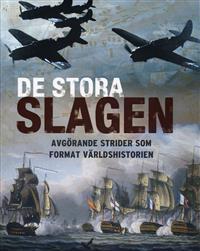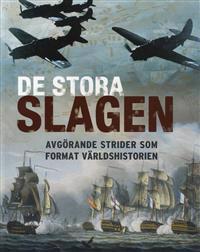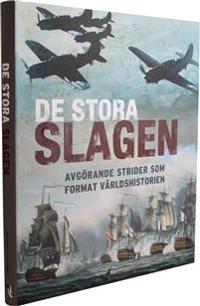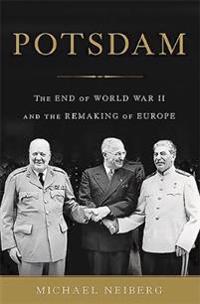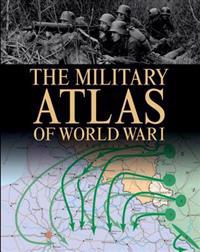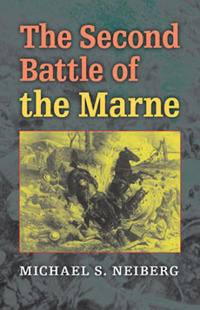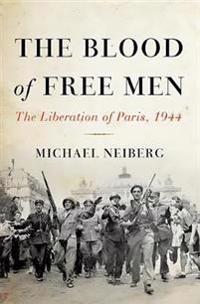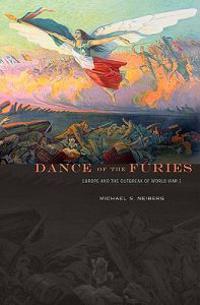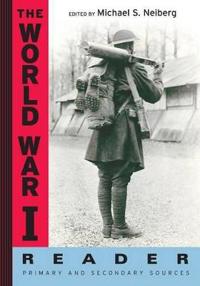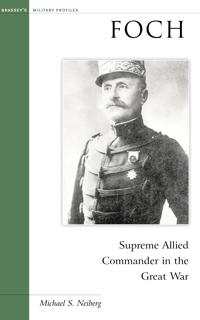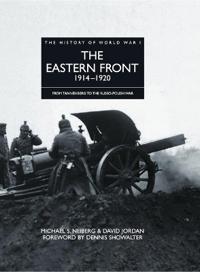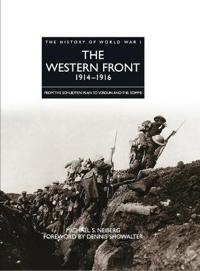De stora slagen : avgörande strider som format världshistorien (Inbunden)
avMartin J Dougherty, Michael E Haskew, Christer Jörgensen, Chris Mann, Chris McNab, Michael Neiberg, Michael Pavkovic
ISBN: 9781407527000 - UTGIVEN: 200809De stora slagen är en tillgänglig och mycket välillustrerad introduktion till 30 av historiens mest berömda slag, däribland Marathon, Hastings, Agincourt, Saratoga, Trafalgar, Waterloo, Gettysburg, Somme, Stalingrad, invasionen av Normandie och många fler.
Varje slag illustreras med[...]De stora slagen (Inbunden)
avChrister Jörgensen, Martin J. Dogherty, Michael E. Haskew, Chris Mann, Chris McNab, Michael Neiberg, Michael Pavkovic
ISBN: 9789187161216 - UTGIVEN: 201211De stora slagen är en mycket välillustrerad introduktion till 30 av historiens mest berömda slag, däribland Marathon, Hastings, Waterloo, Stalingrad och många många fler.
Varje slag illustreras med en taktisk fyrfärgskarta som gör att läsaren snabbt får en överblick över drabb[...]Potsdam (Inbunden)
avMichael Neiberg
ISBN: 9780465075256 - UTGIVEN: 2015-05After Germany's defeat in World War II, Europe lay in tatters. Millions of refugees were dispersed across the continent. Food and fuel were scarce. Britain was bankrupt, while Germany had been reduced to rubble. In July of 1945, Harry Truman, Winston Churchill, and Joseph Stalin gathered in a quiet [...]
The Military Atlas of World War I (Inbunden)
avMichael Neiberg
ISBN: 9780785831105 - UTGIVEN: 2014-05World War I might conjure up images of the trenches of the Western Front, but it was a far more complex conflict fought in a number of theatres: an air war, a war fought in the Balkans, Italy, Africa, Turkey, the Middle East, and also a naval war in the South Atlantic, South Pacific and Indian Ocean[...]
The Second Battle of the Marne (Inbunden)
avMichael S. Neiberg
ISBN: 9780253351463 - UTGIVEN: 200807"The First Battle of the Marne" produced the so-called Miracle of the Marne, when French and British forces stopped the initial German drive on Paris in 1914. Hundreds of thousands of casualties later, with opposing forces still dug into trench lines, the Germans tried again to push their way to Par[...]
Warfare In World History (Pocket)
avMichael S. Neiberg
ISBN: 9780415229555 - UTGIVEN: 2001-08-30Despite the catastrophic effects of war, wars have also proved to be instrumental to long-term change in world history. This text is the first of its kind to survey how warfare has developed from ancient times to the present day.[...]
Warfare And Society In Europe (Pocket)
avMichael S. Neiberg
ISBN: 9780415327190 - UTGIVEN: 2003-11-27The 20th century was by far the world's most destructive century with two global wars marking its first half and the constant fear of nuclear annihilation haunting the second. Examining warfare in Europe from the Fashoda conflict to the Iraqi conflict, this text treats warfare as a function of large[...]
The Blood of Free Men (Inbunden)
avMichael S. Neiberg
ISBN: 9780465023998 - UTGIVEN: 201210Acclaimed historian Michael S. Neiberg provides a revealing new look at the drama surrounding the Liberation of Paris in 1944, as the Allies struggled to reclaim Europe, Hitler plotted Paris's destruction, and a handful of conspirators strove to save the City of Lights. In "The Blood of Free Men", a[...]
Dance of the Furies (Inbunden)
avMichael S. Neiberg
ISBN: 9780674049543 - UTGIVEN: 201104The common explanation for the outbreak of World War I depicts Europe as a minefield of nationalism, needing only the slightest pressure to set off an explosion of passion that would rip the continent apart. But in a crucial reexamination of the outbreak of violence, Michael Neiberg shows that ordin[...]
The World War I Reader (Pocket)
avMichael S. (EDT) Neiberg
ISBN: 9780814758335 - UTGIVEN: 2006-12Almost 100 years after the Treaty of Versailles was signed, World War I continues to be badly understood and greatly oversimplified. Its enormous impact on the world in terms of international diplomacy and politics, and the ways in which future military engagements would evolve, be fought, and ultim[...]
Foch (Pocket)
avMichael S. Neiberg
ISBN: 9781574886726 - UTGIVEN: 2003-10Foch is the prototype of the twentieth century general. Better than any other general, Foch, came to understand the changing face of warfare. The author masterfully analyses this complex man and provides a solid overview of French political history against the 20th century's first industrialised war[...]
The Eastern Front 1914 - 1920 (Inbunden)
avDavid Jordan, Michael S. Neiberg
ISBN: 9781906626112 - UTGIVEN: 201111Recreates the battles and campaigns that raged at The Eastern Front during World War I Updated for 2012 with a new forward by Dennis Showalter The front in the East was much longer than in the West. The theatre of war was delimited by the Baltic Sea in the West and Moscow in the East, a distance of[...]
The Western Front 1914 - 1916 (Inbunden)
avMichael S. Neiberg
ISBN: 9781906626129 - UTGIVEN: 201111Recreates the battles and campaigns that raged at The Western Front during the first half of World War I Updated for 2012 with a new forward by Dennis Showalter After the first few months of World War I, the Western Front consisted of a relatively static line of trench systems which stretched from[...]

